The air is heavy with the unmistakable scent of fresh paint and plywood as the sounds of drilling and sawing echo through the Black Box. Meanwhile, in the auditorium, the characters come to life as the cast rehearse line after line and scene after scene.
Troupe 3689 prepares to present their second show of the 2024-25 season, “Dracula,” based on Kate Hamill’s feminist retelling of Bram Stoker’s 1897 novel. The two-act play will begin with its first show on Thursday, October 31, at 7 p.m., followed by three more shows this Friday, November 1, at 7 p.m. and Saturday, November 2, at 2 p.m. and 7 p.m. in the Black Box.
The main cast includes Tyler Buckley as Dracula, Patrick Mallory as Jonathan Harker, Nivaan Shah as Dr. George Seward, Imane Seddiki as Dr. Van Helsing, Gretchen Gille as Lucy Westenra, and Seriah Thomas as Mina Harker. “Dracula” will not abide by its traditional telling; instead, the directors are taking a humorous and creative approach, all while maintaining the horror.
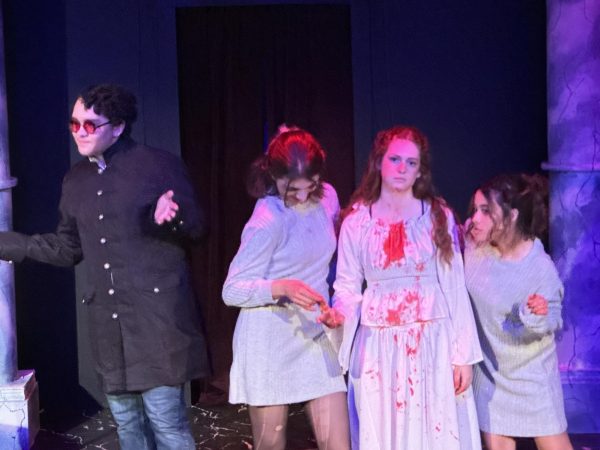
“My vision is definitely to bring the humor into the horror because I’m a huge fan of horror and comedy,” theater teacher and director of “Dracula” Chase Hodgeson said. “Both genres are very good at allowing the audience to accept and remember the message behind it.”
Hodgeson references the 1997 drama, “Buffy the Vampire Slayer,” as the inspiration that drove him to pursue an alternative version of “Dracula.” He, with Troupe 3689, combine a variety of genres, aiming to empower the female audience.
“The show is a feminist revenge story, so I want the women to feel powerful and feel that they can do these things and succeed, and they don’t need a man to do any of this stuff for them,” junior and assistant director of “Dracula” Maddie Teverovsky said.
Junior and assistant director Billy Fernandez highlights the assertive dynamic between Dr. Van Helsing who is a tough vampire hunter played by Imane Seddiki and Dr. George Seward, a physician strongly against female leadership, played by Nivaan Shah.
“Nivaan is trying to be this misogynistic character, ‘I’m the man, I know what to do’ and she’s totally just shutting him down, making him sit down and stay out of the way,” Fernandez said. “The way she treated him and the way he responded was so funny, that that’s the path we’ve followed and I like the spin they put on it.”
To effectively deliver the message and humor in “Dracula,” cast members rehearse in a supportive environment to push boundaries, encouraging growth. This is essential for the cast to portray complex characters such as Dr. Seward.
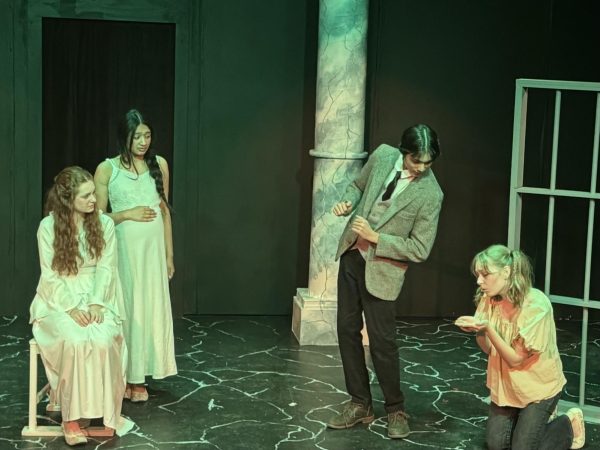
“He’s basically a misogynist,” Shah said. “It’s implied that he thinks women are inferior because this play takes place in the 19th century, that’s what a lot of men believed, [which] definitely challenges what I think, because I definitely don’t think that women are inferior.”
Shah acknowledges what he labels a “big contradiction” between himself and Dr. Seward’s beliefs. Nonetheless, he expresses the excitement of being a part of a show, looking forward to the engagement with the audience.
“[It’s] something that requires so many special effects with the blood and specifically the stage combat, it’s definitely been a lot of fun, but it is definitely very stressful,” Hodgeson said.
In an effort to immerse the audience in an unforgettable experience, the cast and crew work tirelessly every day after school, including Saturdays, to craft a fulfilling show.
“[The] biggest challenge is definitely timing,” sophomore and set chief of “Dracula” Vincent Dang said. “Because it doesn’t matter how much time you have, there always seems to be not enough time to finish, but I feel like we’ve definitely done better for this show.”
Teverovsky describes the production process as “hectic” in perfecting scenes and completing the set. While the set in any theatrical production plays a pivotal role in creating the ideal atmosphere, “Dracula” attempts to not solely rely on it.
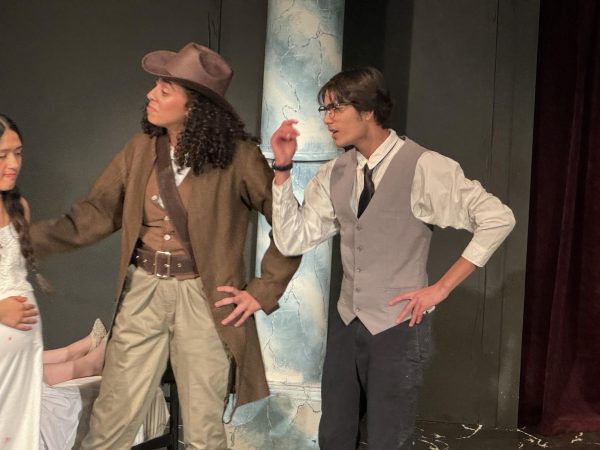
“It’s definitely creative; it’s not realism, it’s more of a Brechtian approach,” Teverovsky said. “We’re getting to see the transitions happen [live,] and the set isn’t a full set. It’s more of different set pieces coming on stage and creating the scene, but it’s more focused on the actor’s emotions and just the scene itself, rather than focusing on the realism of a set.”
Teverovsky speaks on the differences between the dependence on the set and props for the “Dracula” production and the 2023 production, “Arsenic and Old Lace,” dubbing them as “completely different.” The wide array of unique takes on productions in theater exemplifies the appeal of live performances.
“The whole experience of seeing a show is, you could easily just sit at home and watch a movie,” Shah said. “But the reason people go to see shows in the 21st century, while we have television, is because of that interaction you get while being 20 feet away from the actors, and they’re doing it live.”




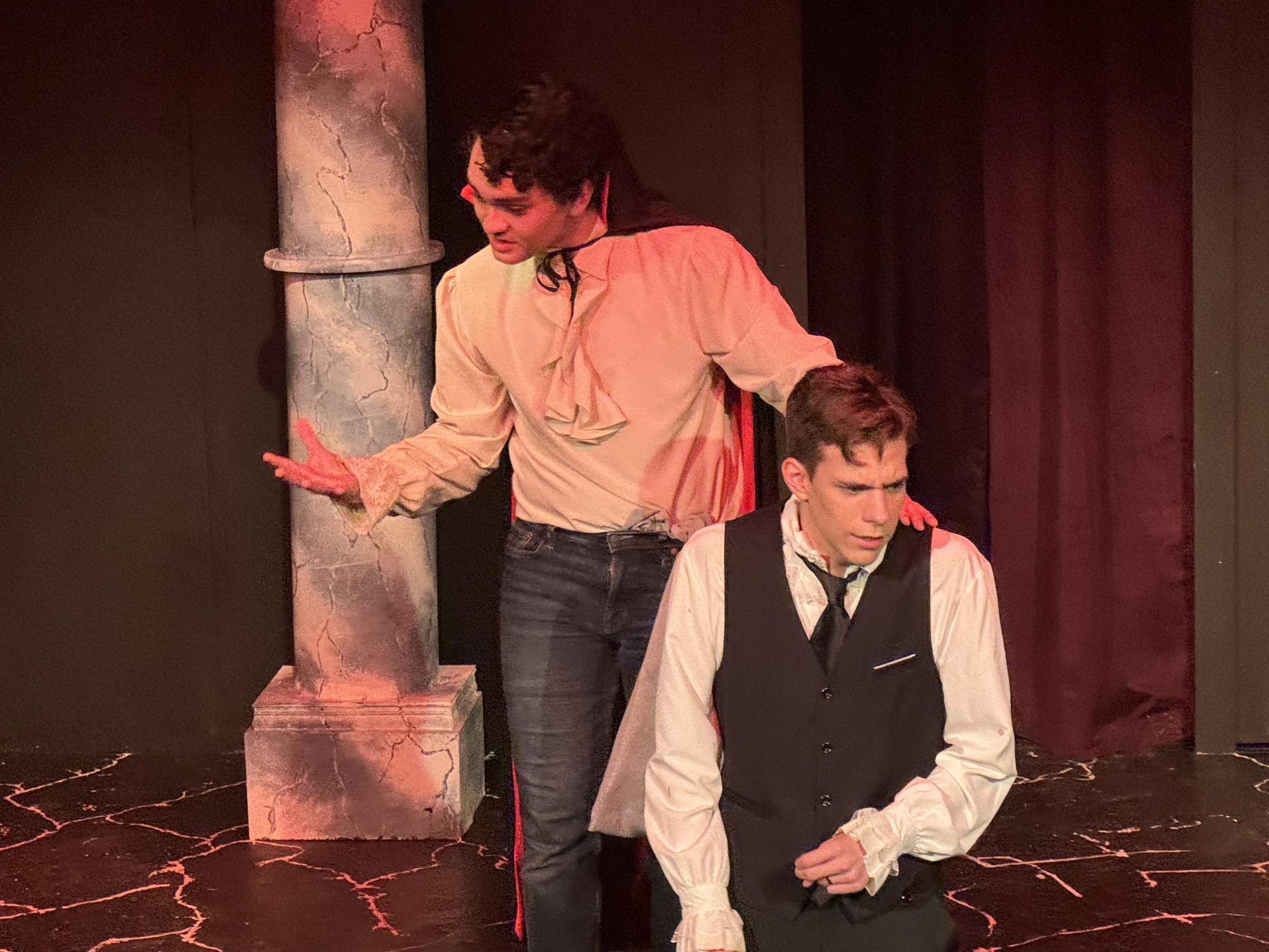

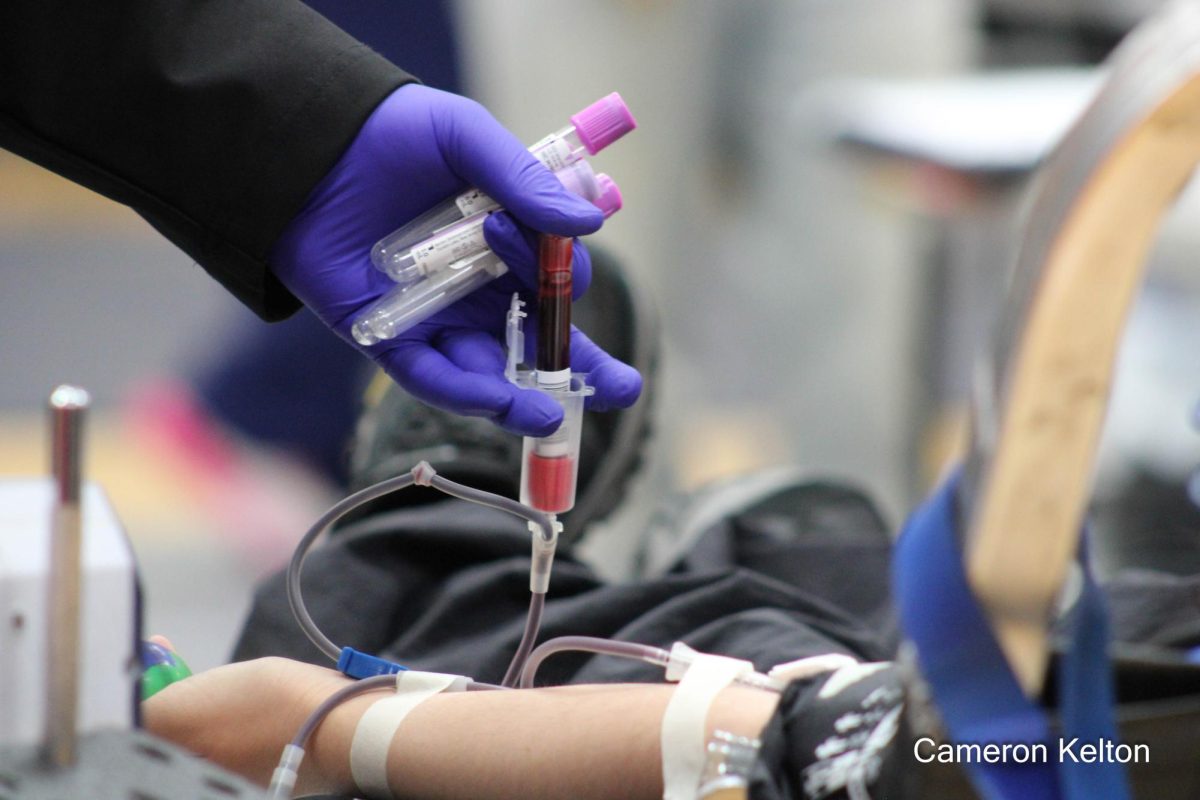


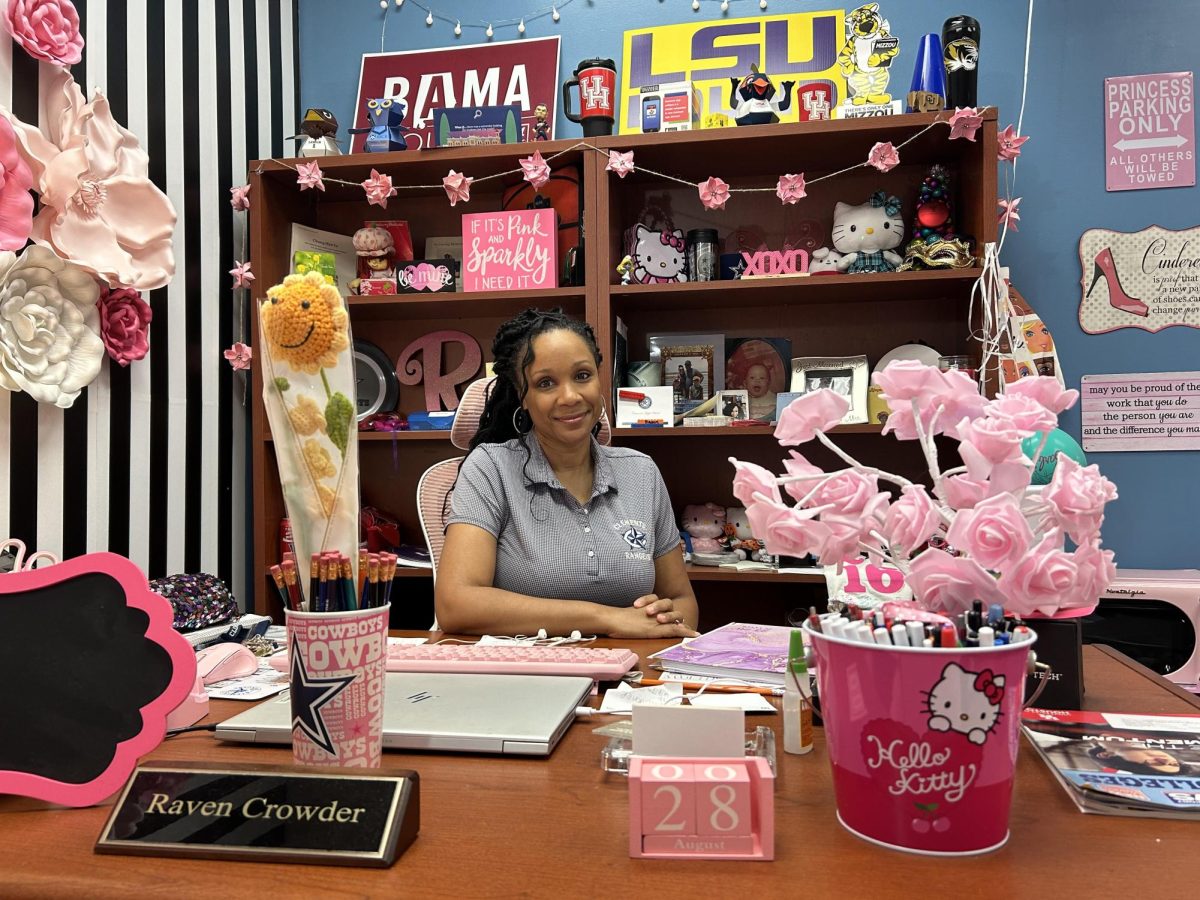

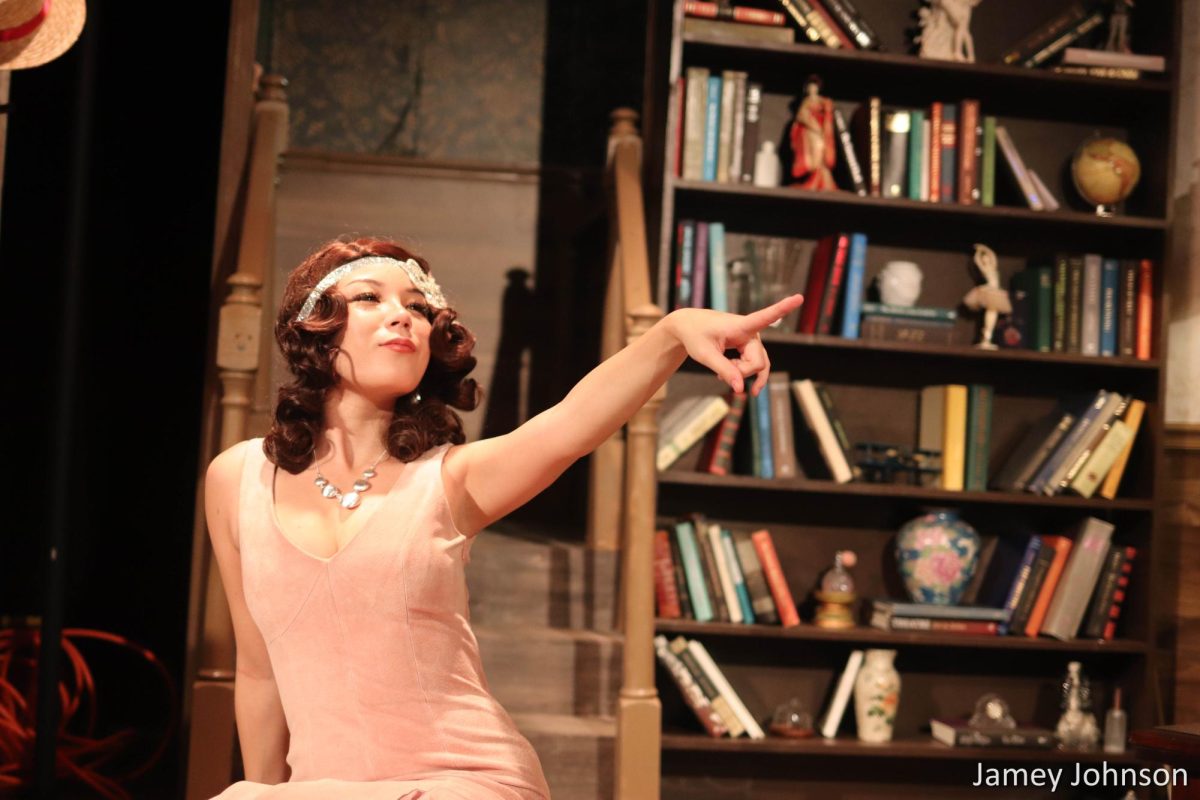


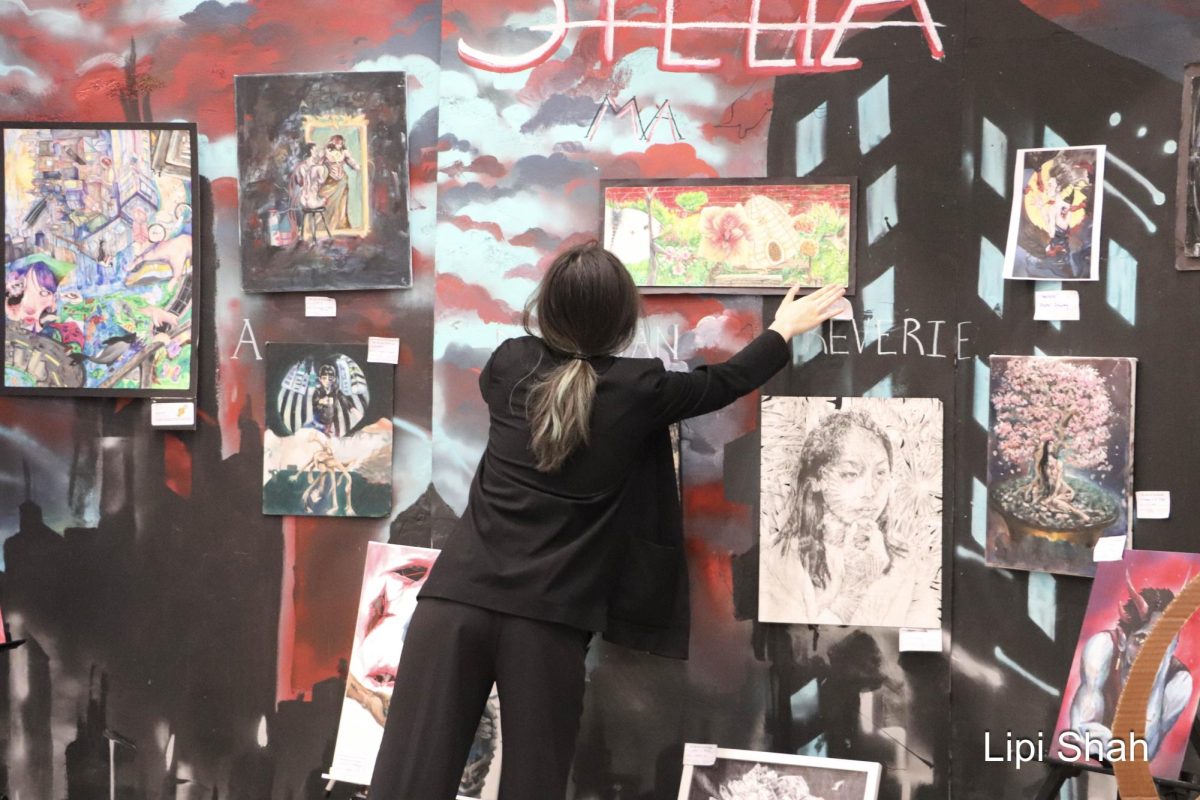

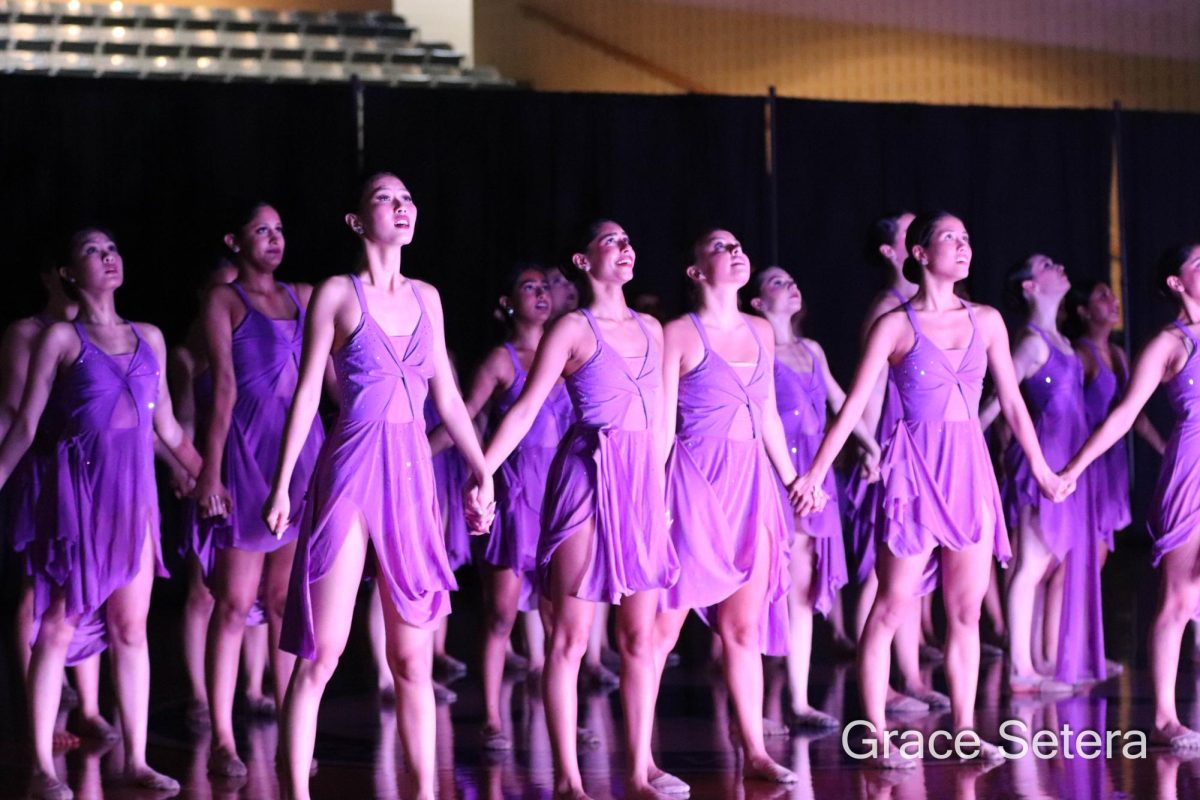
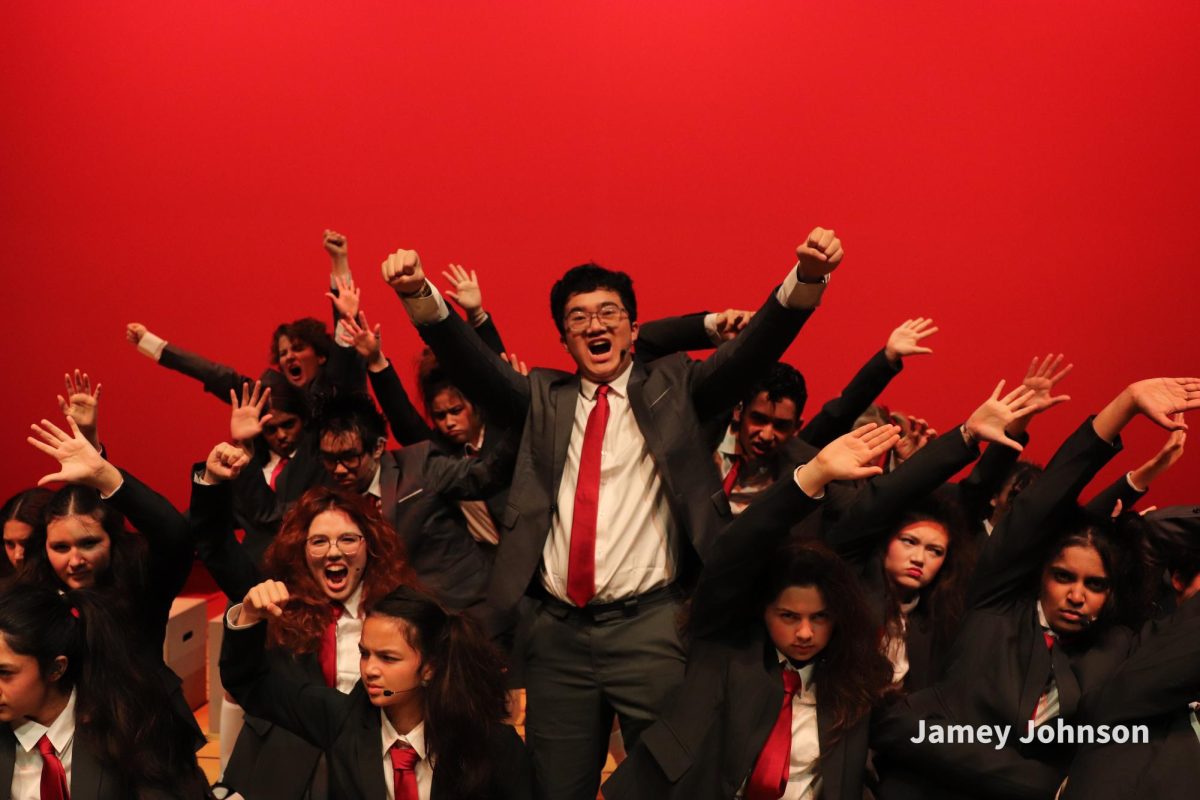



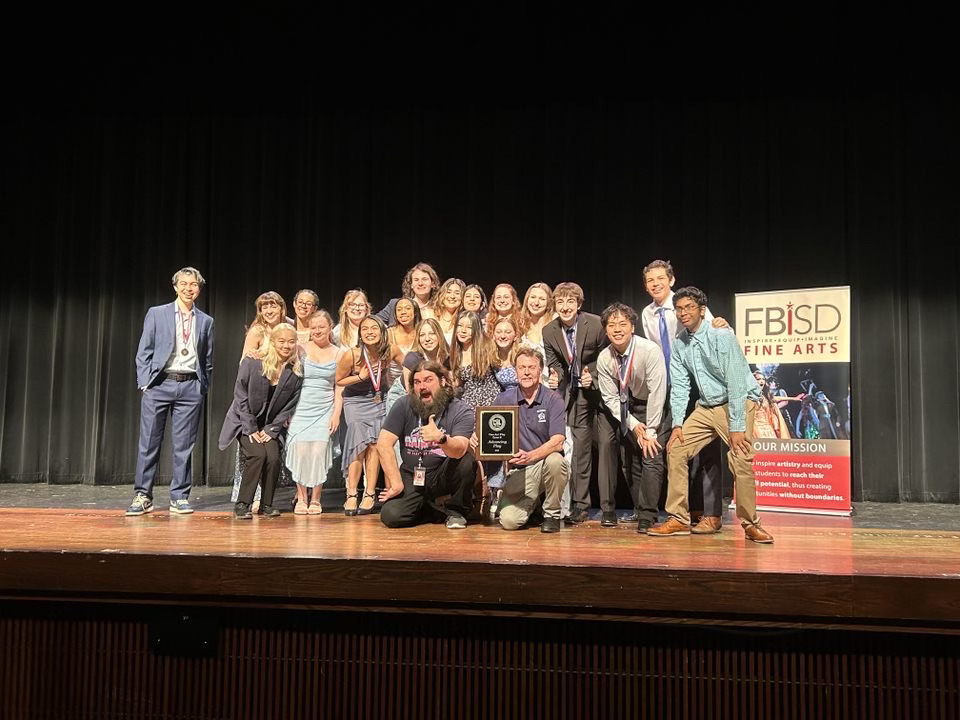
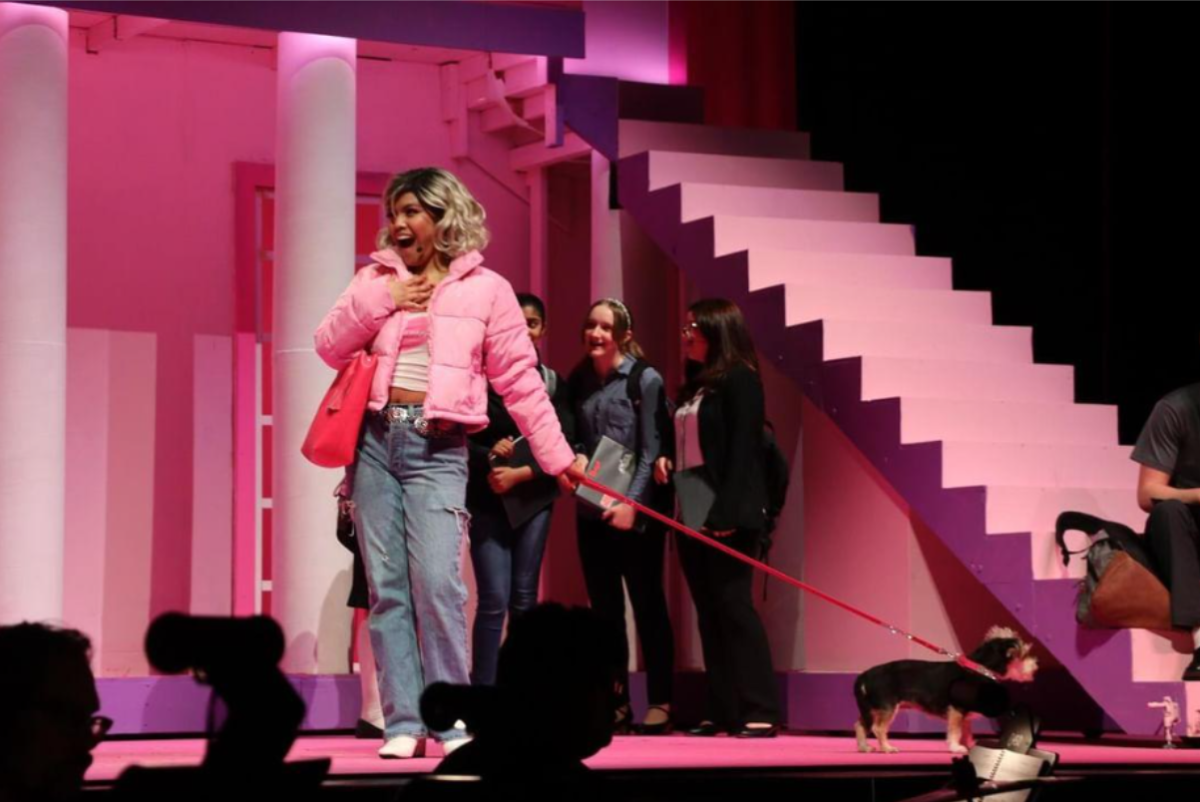
Izabella • Feb 24, 2025 at 8:56 am
This was a very detailed overview of the show. I really enjoyed how you described the focus of the play. I liked how you recognized the set.